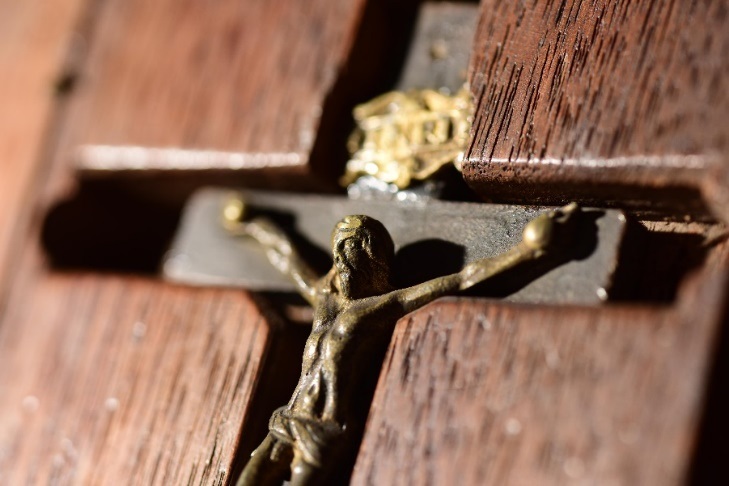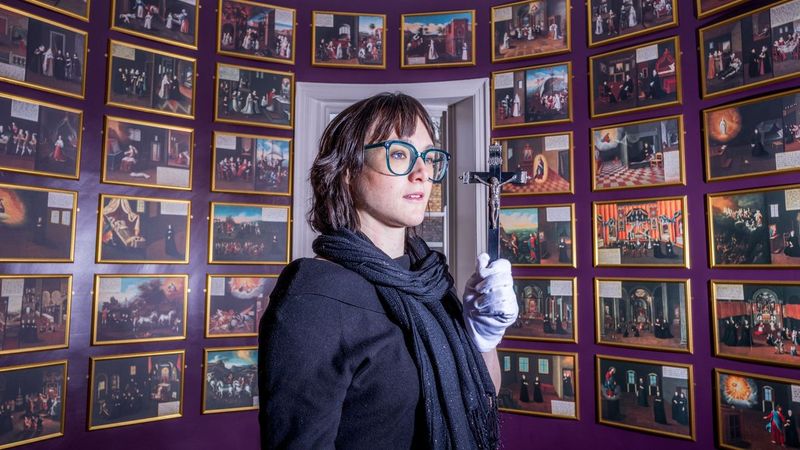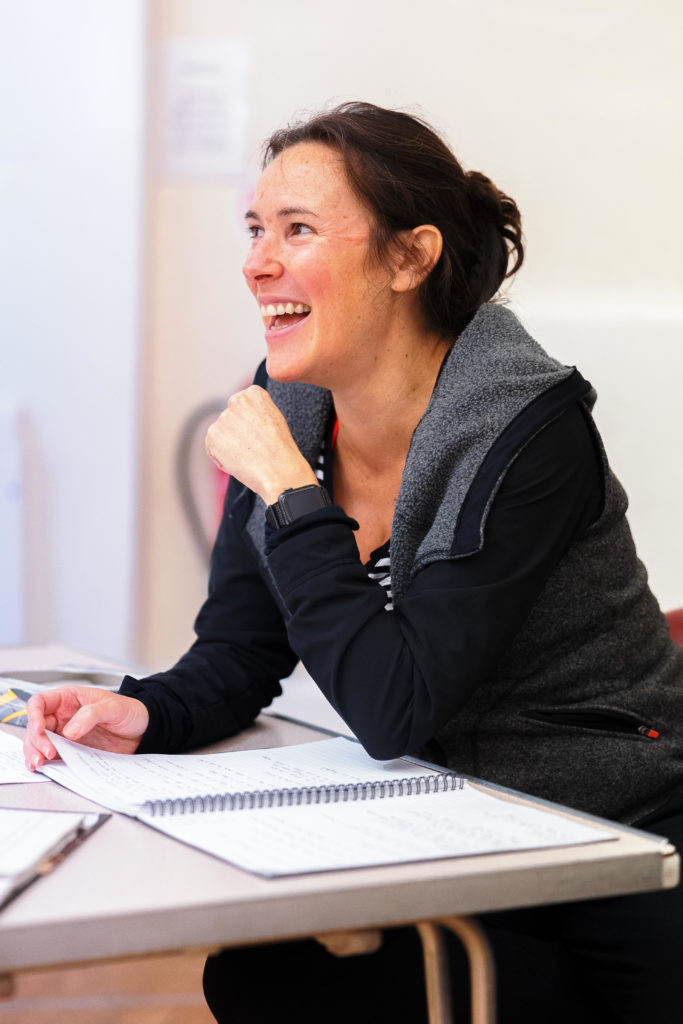
THE only known item to have survived from the raids on Catholic properties conducted in 1606, after the discovery of the infamous Gunpowder Plot in November 1605, will be the focus of the Disguised To Survive exhibition at the Bar Convent Living Heritage Centre.
The crucifix, The Oldcorne Cross, will be in the spotlight from October 5 to November 9. Special collections manager Dr Hannah Thomas explains why: “This is one of the most remarkable items in our possession.
“We have been working closely with experts such as Michael Hodgetts, who has painstakingly researched the history of all known priest’s hiding holes in England and Wales, and we are now confident in believing that this is the only item surviving from a series of raids that took place at the houses of known Catholic associates across the Midlands in 1606, following the discovery of the Gunpowder Plot in November 1605.”
During the Reformation, mistrust and double agents were a part of everyday life. In Elizabethan England the practice of the Catholic faith was banned for political reasons. Elizabeth I and her Government were antagonistic towards Catholics on account of their loyalty to the Pope.
Pope Pius V’s excommunication of Elizabth in 1570 made all Catholics a threat to her claim to the throne. Harsh punishments were handed to Catholics who failed to attend Sunday services in the Anglican church. Heavy fines were imposed and land and property were confiscated. Catholic priests suffered horrific torture and death.
Catholics began to resort to secrecy, whereupon disguises became commonplace during the Reformation. When English priests, trained on the continent, re-entered England, they would be “disguised in both names and in persons; some in apparel as soldiers, mariners or merchants…and many as gallants, yea in all colours, and with feathers and such like, disguising themselves; and many of them in behaviour as ruffians”.
Once in the country, priests had to take on an inconspicuous disguise that would explain their presence at a household if questioned.
On display in the Bar Convent is a set of silk vestments that were carried by a priest disguised as a pedlar (door-to-door salesman). If challenged, the colourful vestments would appear to be an innocent bundle of ribbons.

Priests would hide objects used for Mass in plain sight, such as using a carved oak Tudor 16th century bedhead as an altar for celebrating Mass in secret. At threat of discovery, the altar could be quickly replaced by the bed and appear completely innocent.
All communications had to be in code or would be written in invisible ink. When female education pioneer Mary Ward sent secret letters, in order to reveal the hidden text, the recipient would have to heat the paper over a flame or a candle. She would write her messages with lemon juice that would become invisible when dried.
Catholics made use of the architecture and created hiding places; they would always have an escape route. From 1588 until his final arrest in 1606,Nicholas Owen devoted his life to the construction of priest’s hiding holes, to protect the lives of persecuted priests.
He also had the ingenious idea of creating a double hiding hole, one inside the other. When the soldiers found the first one, it would not occur to them to look further. He was eventually captured at Hindlip Hall in the aftermath of the Gunpowder Plot, tortured and killed. A hiding hole can be found in the Bar Convent chapel.
The Sisters of the Bar Convent also took on disguises. As it was very unusual for women to own property, the sisters pretended to be widows and dressed as such in public. Sister Frances Bedingfield, who founded the house, was from a well-known Catholic family and wisely took on the alias of Mrs Long.
The Sisters formed a group of fellow Catholics who they could rely on to keep a secret (Women of the Catholic Underground). They would act the innocent (the women playing up to ‘but we are only women, we wouldn’t be capable of such a thing’).
The location of the convent in Blossom Street, just outside the Bar Walls, was key, being beyond any jurisdiction, with Catholic houses nearby and a view of the walls. This enabled the Sisters to see approaching authorities, giving them the time to escape.
*There will be a trail through the exhibition and those who complete the trail will be in with a chance of winning a £30 voucher for use in the café.
Disguised To Survive runs at Bar Convent Living Heritage Centre, Blossom Street, York, from October 5 to November 9. Opening hours: 10am to 5pm, Monday to Saturday.

